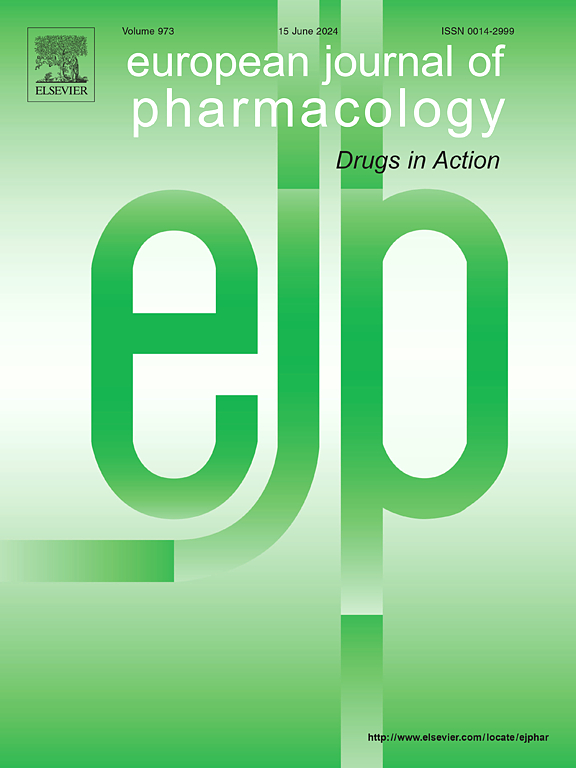Antifibrotic therapeutic strategies in systemic sclerosis: Critical role of the Wnt/β-catenin and TGF-β signal transduction pathways as potential targets
IF 4.2
3区 医学
Q1 PHARMACOLOGY & PHARMACY
引用次数: 0
Abstract
Systemic sclerosis (SSc) is a prototypic fibrosing disorder characterized by widespread fibrosis and immune dysregulation. Current evidence highlights the intricate cross-talk between the canonical Wnt/β-catenin signaling pathway and transforming growth factor-beta (TGF-β) signaling, both of which play fundamental roles in the pathogenesis of fibrosis. This review aims to elucidate the central role of the Wnt/β-catenin-TGF-β pathway and TGF-β signal transduction pathway in fibrotic diseases, focusing on SSc. We summarized evidence from cellular biology studies, animal model investigations and clinical observations to provide a comprehensive view of the mechanisms causing pathological fibrosis. In addition, we explore the possibilities of antifibrotic therapeutic strategies against Wnt/β-catenin-TGF-β signaling to counteract fibrosis, delineating approaches for treatment of SSc patients by targeting these interconnected signaling pathways.
系统性硬化症的抗纤维化治疗策略:Wnt/β-catenin和TGF-β信号转导通路作为潜在靶点的关键作用
系统性硬化症(SSc)是一种典型的纤维化疾病,其特征是广泛的纤维化和免疫失调。目前的证据表明,典型的Wnt/β-catenin信号通路和转化生长因子-β (TGF-β)信号通路之间存在复杂的串扰,两者在纤维化的发病机制中都起着重要作用。本文旨在阐明Wnt/β-catenin-TGF-β通路和TGF-β信号转导通路在纤维化疾病中的核心作用,重点是SSc。我们总结了细胞生物学研究、动物模型研究和临床观察的证据,以提供引起病理性纤维化机制的全面观点。此外,我们探索了针对Wnt/β-catenin-TGF-β信号通路的抗纤维化治疗策略的可能性,通过靶向这些相互关联的信号通路来描述治疗SSc患者的方法。
本文章由计算机程序翻译,如有差异,请以英文原文为准。
求助全文
约1分钟内获得全文
求助全文
来源期刊
CiteScore
9.00
自引率
0.00%
发文量
572
审稿时长
34 days
期刊介绍:
The European Journal of Pharmacology publishes research papers covering all aspects of experimental pharmacology with focus on the mechanism of action of structurally identified compounds affecting biological systems.
The scope includes:
Behavioural pharmacology
Neuropharmacology and analgesia
Cardiovascular pharmacology
Pulmonary, gastrointestinal and urogenital pharmacology
Endocrine pharmacology
Immunopharmacology and inflammation
Molecular and cellular pharmacology
Regenerative pharmacology
Biologicals and biotherapeutics
Translational pharmacology
Nutriceutical pharmacology.

 求助内容:
求助内容: 应助结果提醒方式:
应助结果提醒方式:


